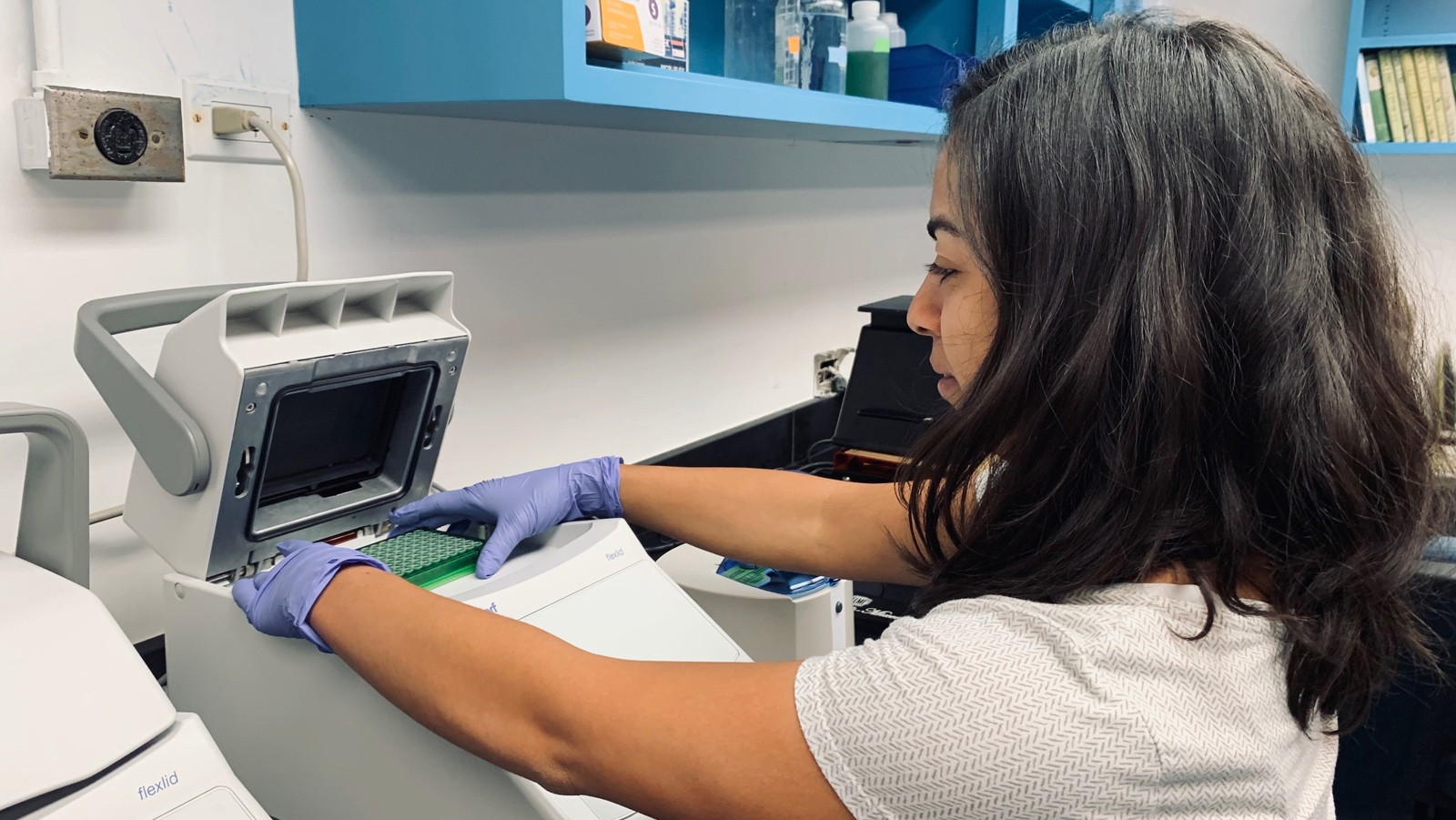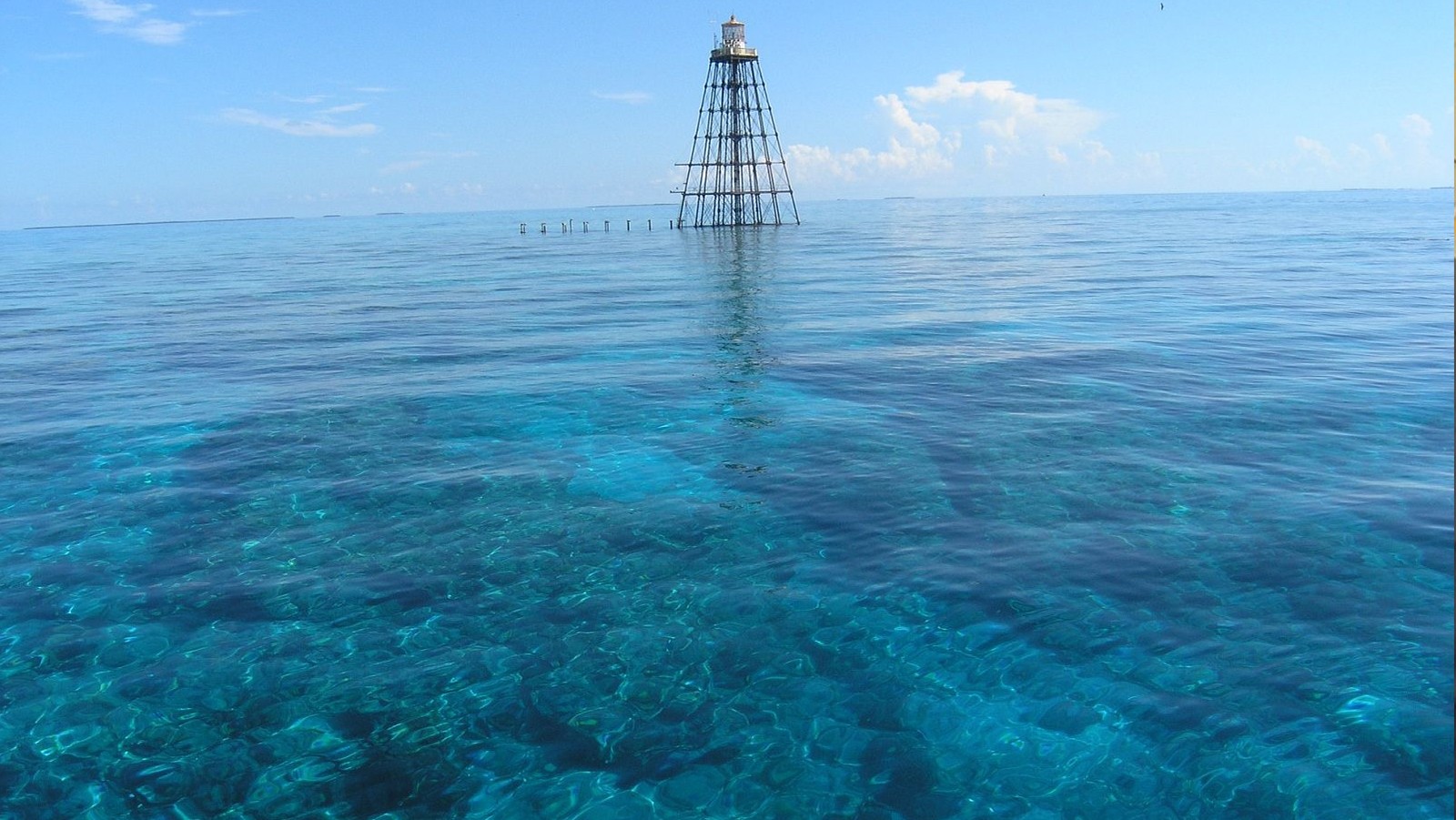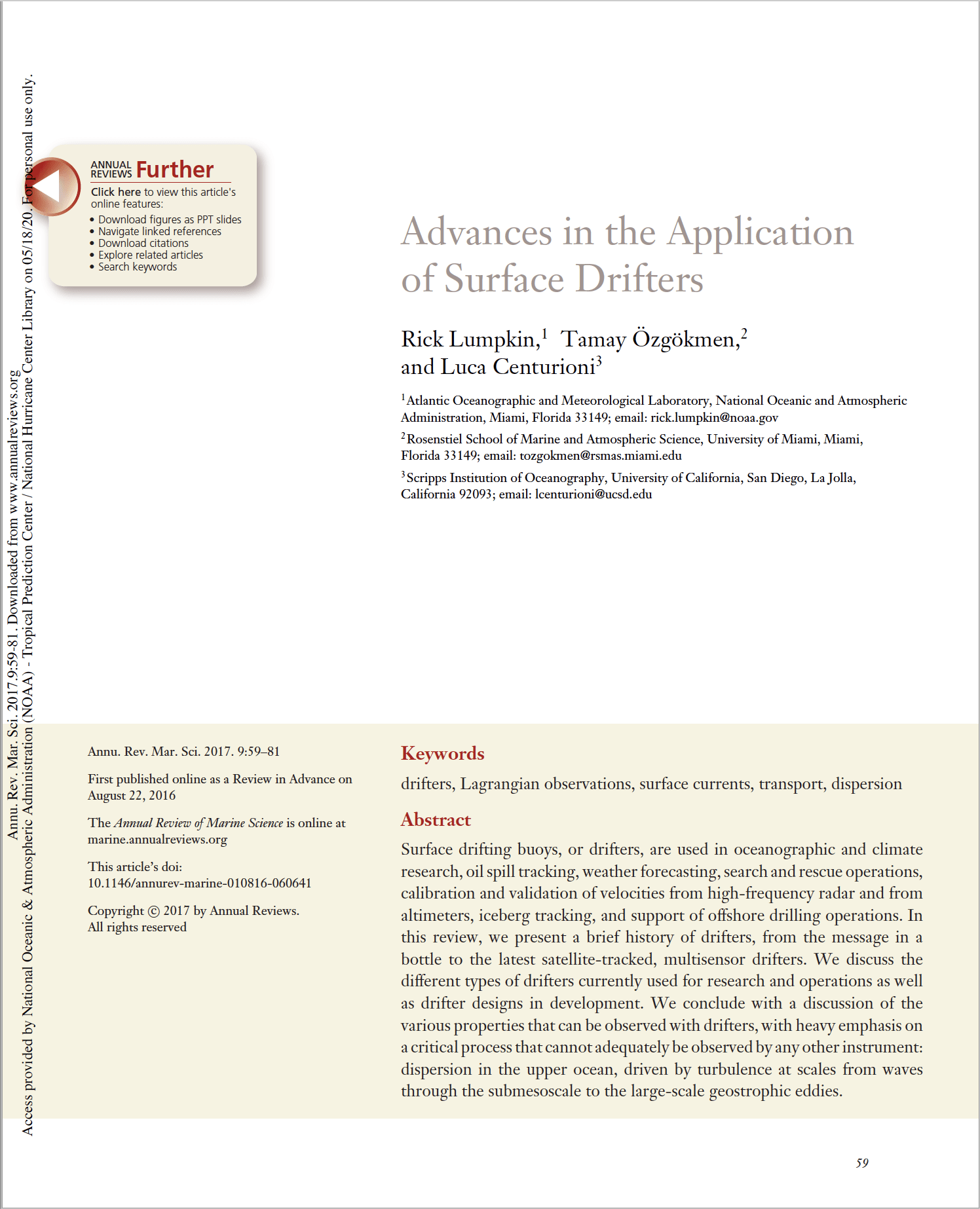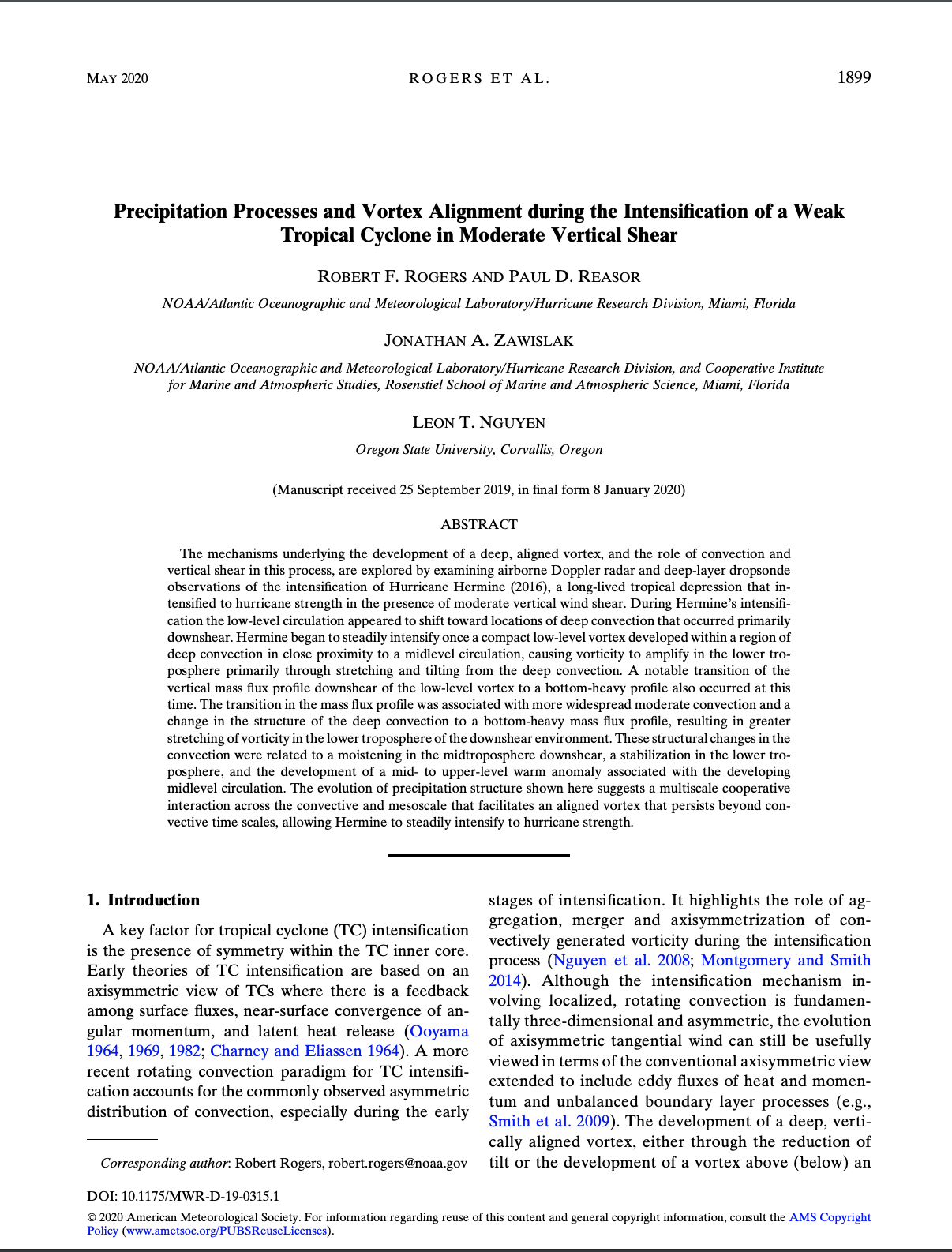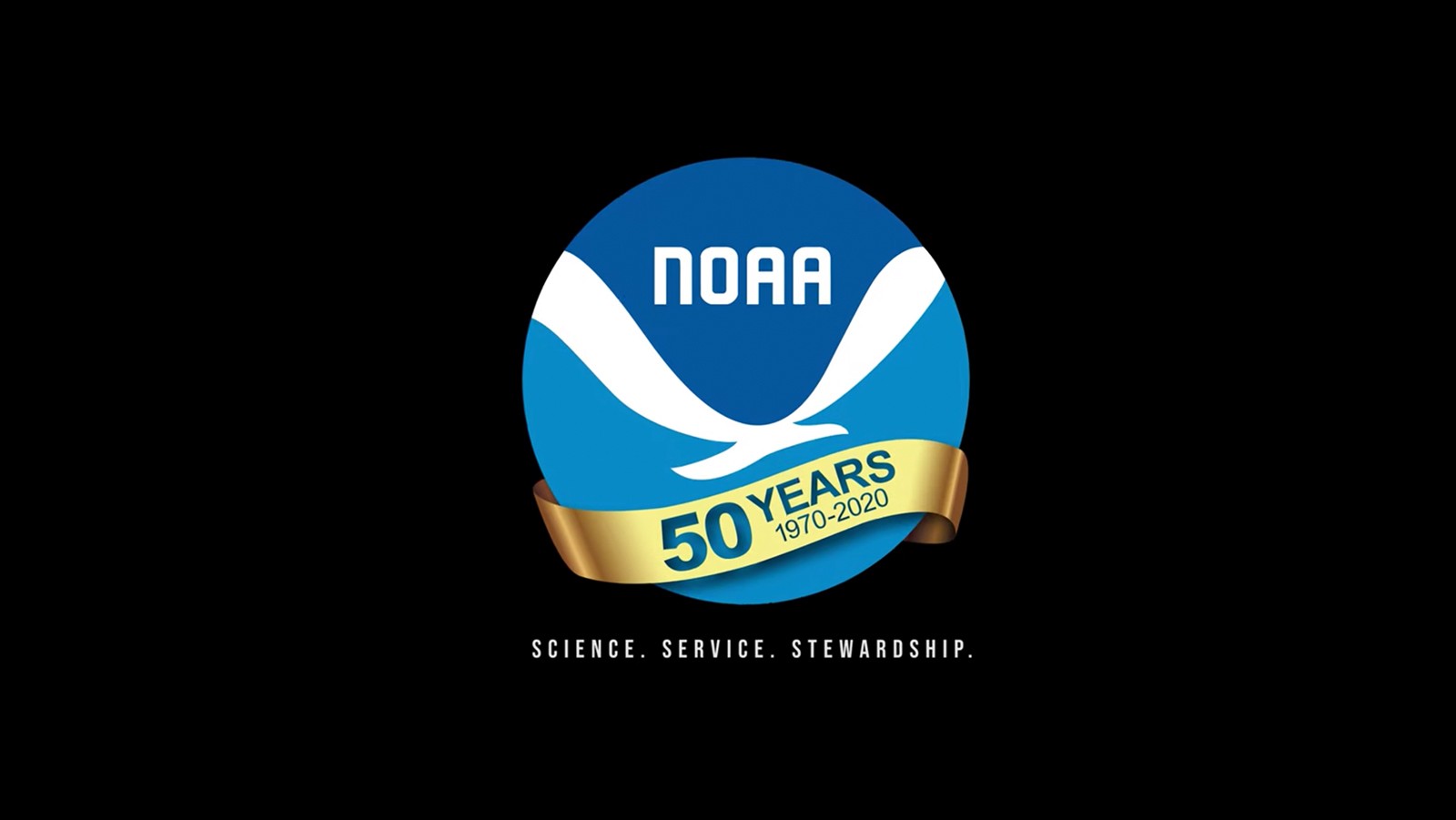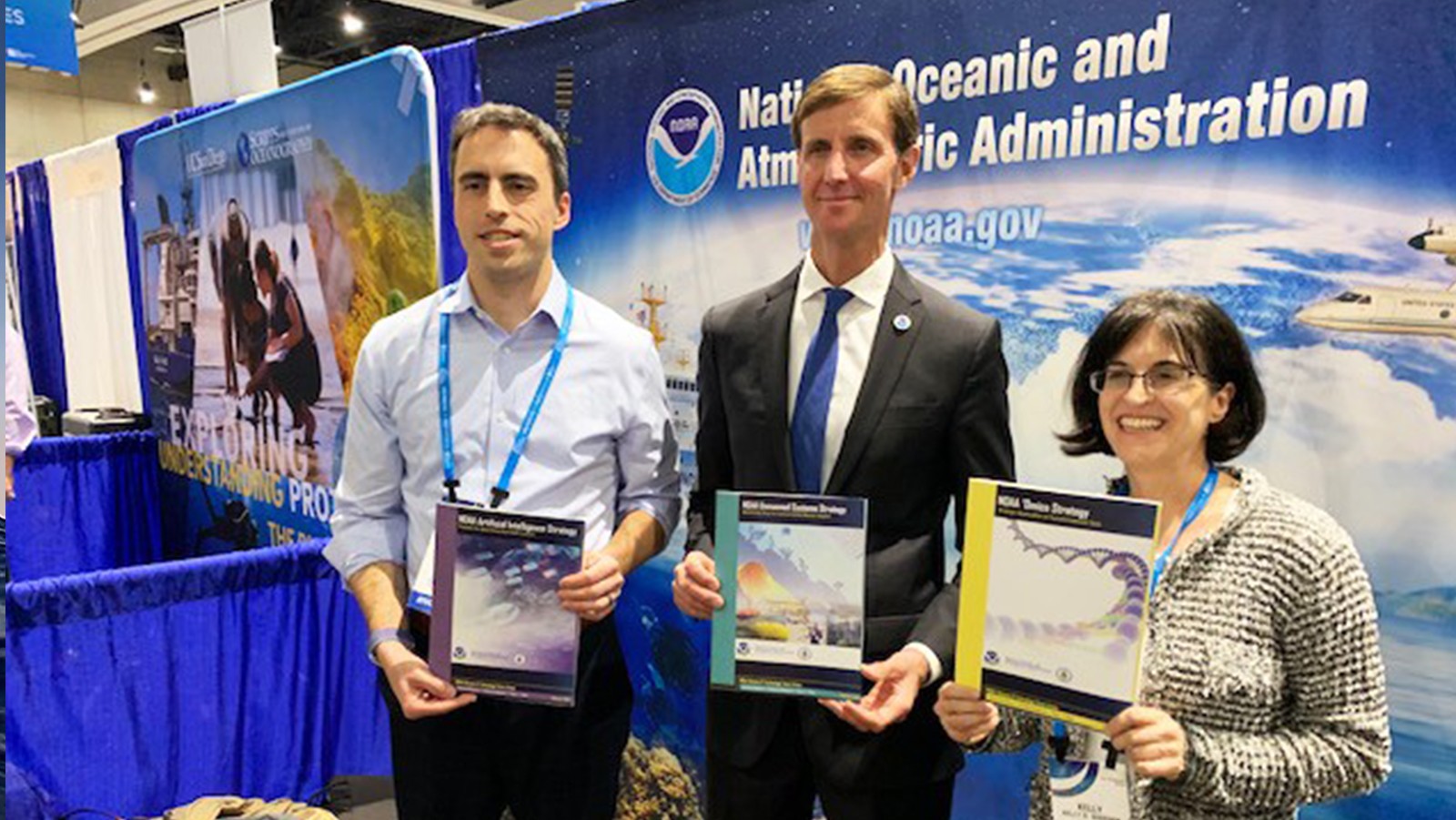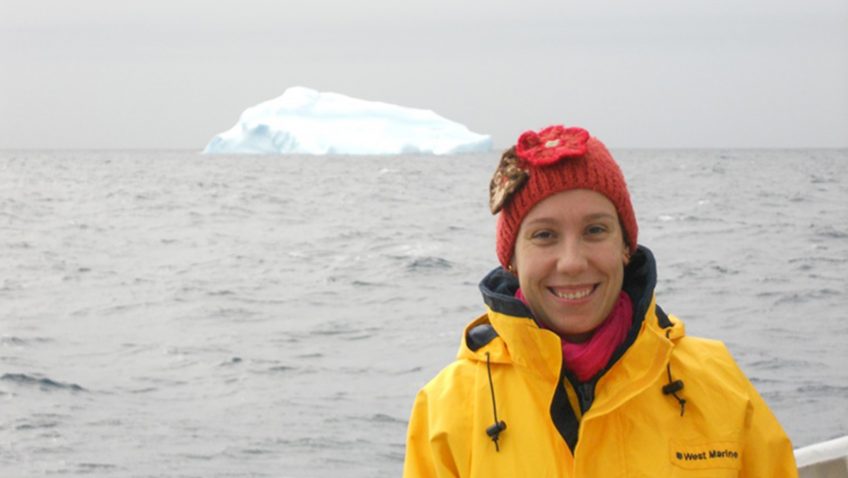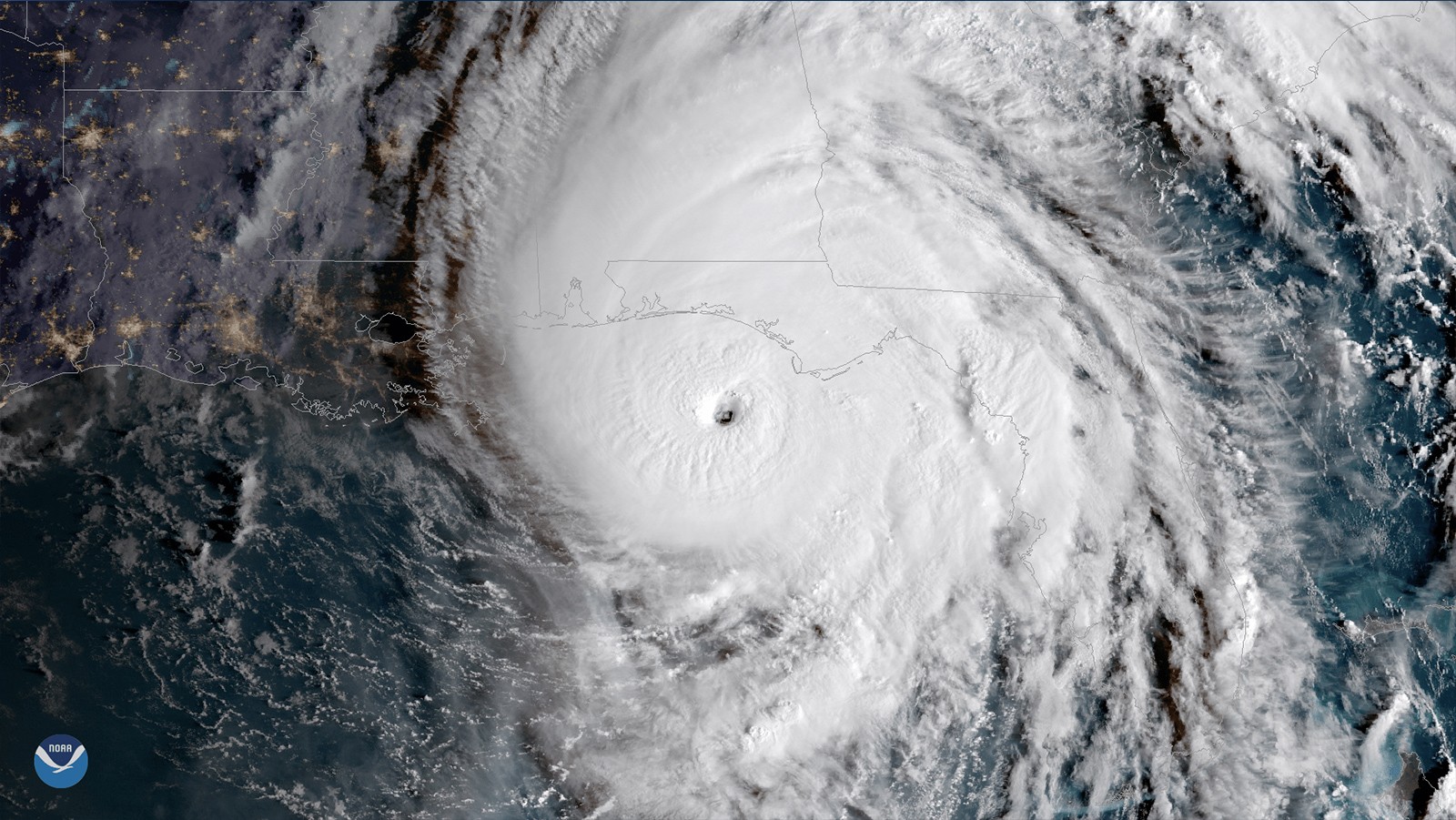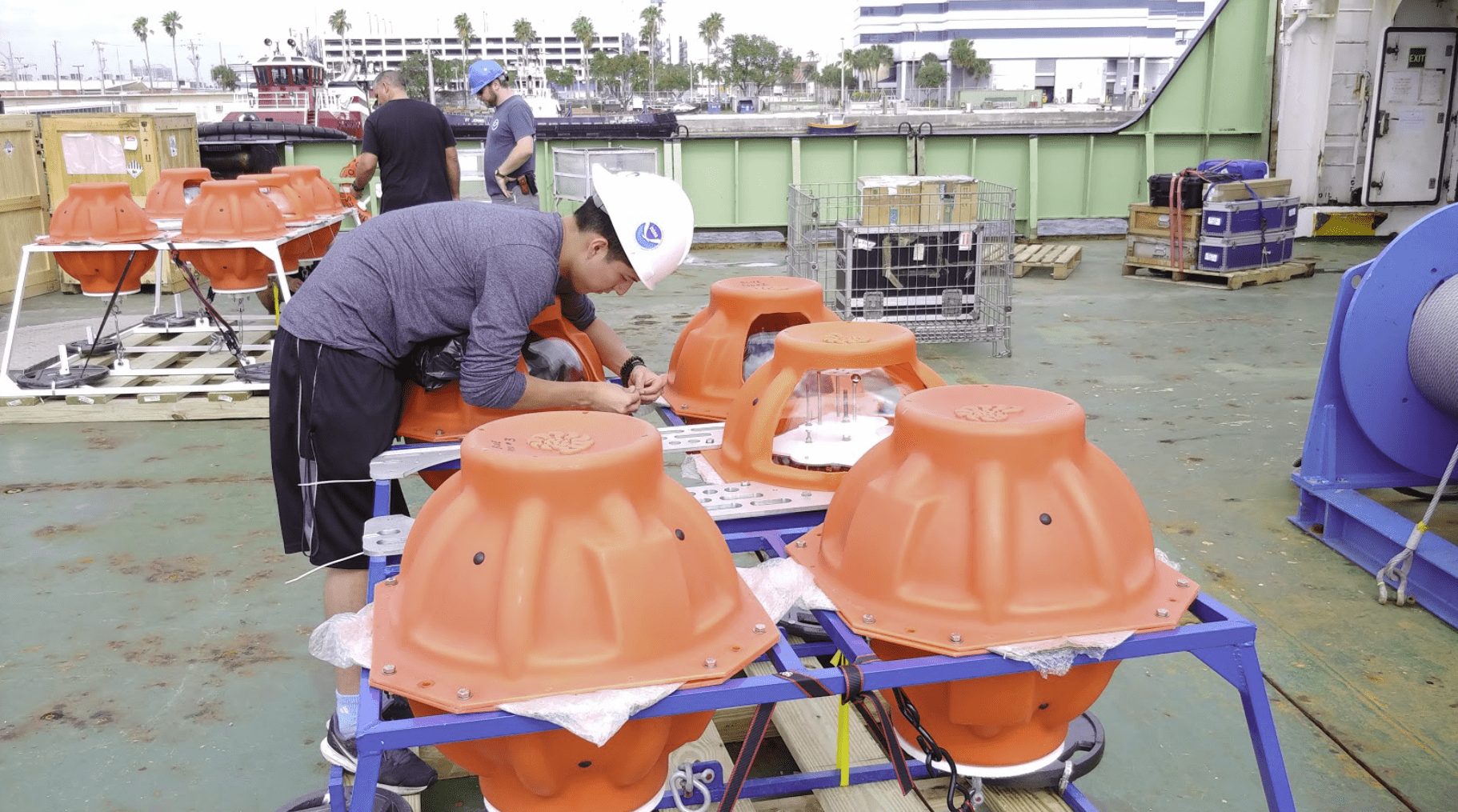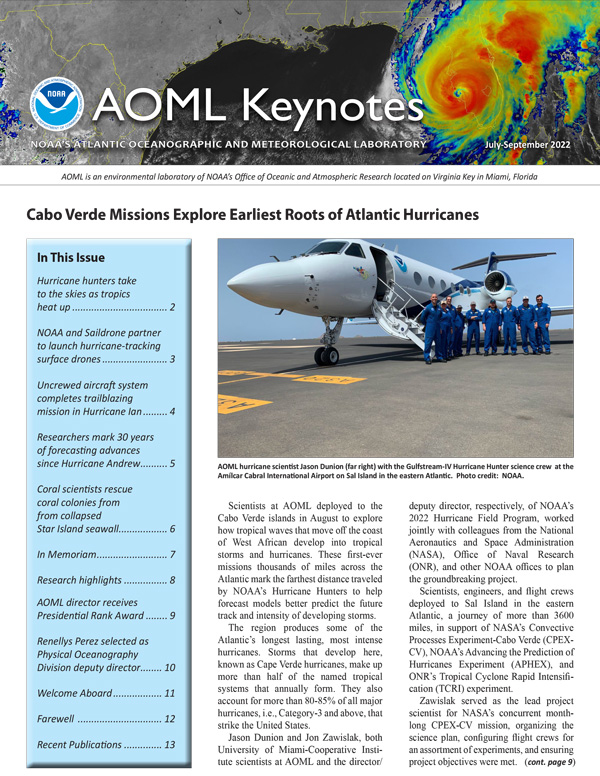Lumpkin, R., Özgökmen, T., & Centurioni, L. (2017). Advances in the application of surface drifters. Annual Review of Marine Science, 9, 59-81.
Abstract:
Surface drifting buoys, or drifters, are used in oceanographic and climate research, oil spill tracking, weather forecasting, search and rescue operations, calibration and validation of velocities from high-frequency radar and from altimeters, iceberg tracking, and support of offshore drilling operations. In this review, we present a brief history of drifters, from the message in a bottle to the latest satellite-tracked, multisensor drifters. We discuss the different types of drifters currently used for research and operations as well as drifter designs in development. We conclude with a discussion of the various properties that can be observed with drifters, with heavy emphasis on a critical process that cannot adequately be observed by any other instrument: dispersion in the upper ocean, driven by turbulence at scales from waves through the submesoscale to the large-scale geostrophic eddies.
Download Full PDF
